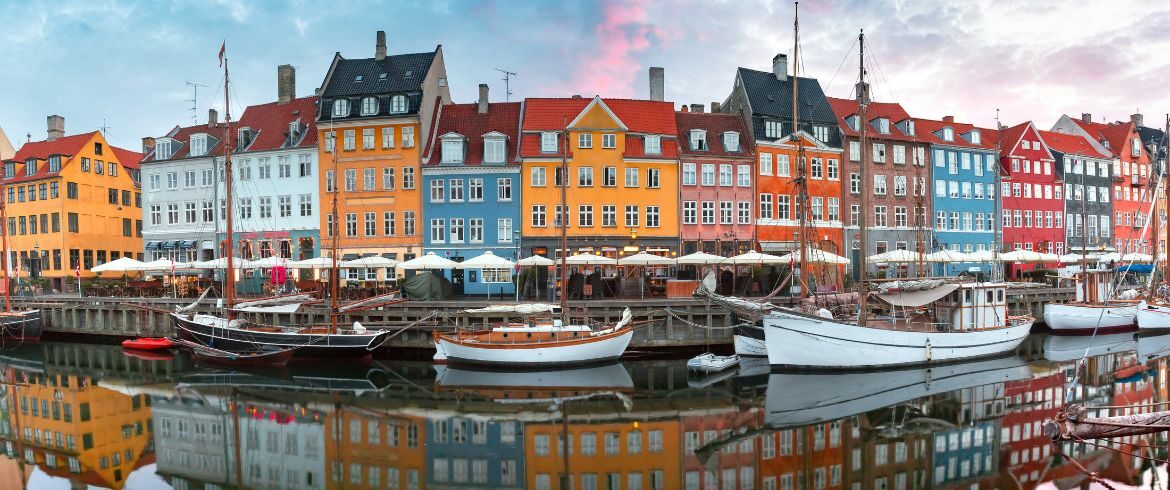Many cities and countries worldwide are reducing carbon offsets through tourism initiatives, eco-friendly energy sources, and sustainable architecture. Traveling can often cause high carbon pollution by using planes and automobiles. If eco-conscious travelers wish to offset this type of pollution, they should pay attention to where they go and what they do. Eco-friendly destinations utilize renewable energy, sustainable transportation, and eco-conscious policies. There is no shortage of eco-friendly, natural destinations to visit, but these five are some of the most prevalent and unique.
Valencia, Spain, Europe
If you’ve always wanted to visit Europe, you’re in luck. The continent has a wide variety of eco-friendly locations to choose from. In 2024, Valencia, Spain, was awarded the European Green Capital Award for its commitment to sustainable practices. The city hopes to rely solely on renewable energy by 2025, which is quite an impressive feat. Valencia hosts its own farms to supply local restaurants, cafes, and markets, reducing carbon pollution and resource waste. They moved their train system underground to allow more natural parks on the city’s surface level. Valencia features beautiful, traditional Spanish architecture alongside modern amenities, making it enjoyable for all tastes. From ancient cathedrals to aquariums, there is plenty to see and do here as well.
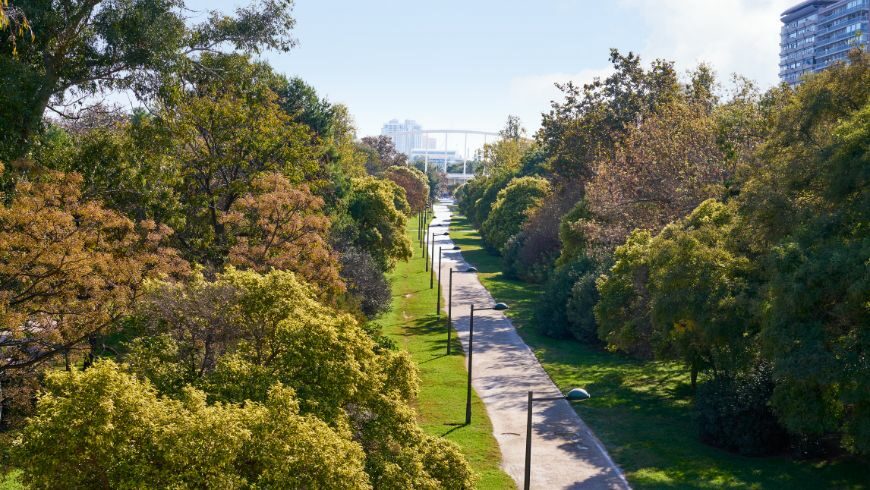
Great Barrier Reef, Australia
The Great Barrier Reef is the world’s most extensive coral reef system, and it lives in crystal clear waters on Australia’s northern Queensland coastline. You can swim, boat, or snorkel near this incredible wildlife carefully and cautiously. This fantastic reef’s southernmost tip features an area called Lady Elliot Island, complete with an eco-resort that runs on renewable energy. The Lady Musgrave Experience allows you to spend the night on the Great Barrier Reef, and it’s rated quite highly for ecotourism and climate sustainability by Ecotourism Australia. Not only can you view one of the natural world’s most beautiful sights, but you can also do it sustainably. Locals say the best time to visit Australia for the Great Barrier Reef is during the dry season from May to October. If beaches aren’t your thing, Australia is also host to a lot of untouched nature and National Parks throughout the country, including the island of Tasmania.
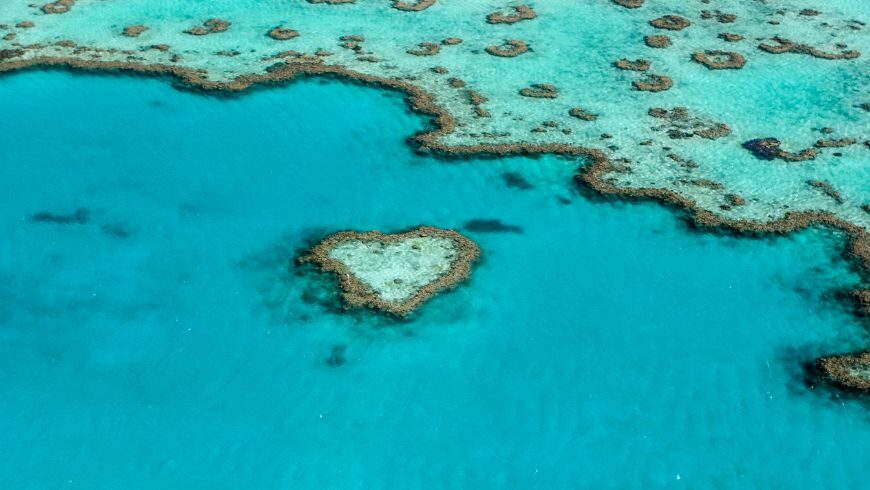
Palau, Micronesia, Oceania
Palau is a republic of islands in Oceania’s Micronesia region. It recently launched a sustainable initiative program for tourists called Ol’au Palau, where you can acquire ‘points’ for committing eco-friendly actions such as eating sustainable food sources, applying reef-safe sunscreen, supporting accredited local businesses, and learning about the island’s culture. The more points you earn, the more access to exclusive cultural and natural wonders Palau offers. With this program, you can know you’re reducing your carbon footprint while eco-consciously enjoying the beautiful country of Palau. This country is passionate about preserving its beautiful oceans and is even credited with the world’s first national shark sanctuary. Additionally, Palau has enacted measures to protect the sea from harmful commercial fishing and drilling. You won’t find any single-use plastic here, either—Palau has banned it entirely.
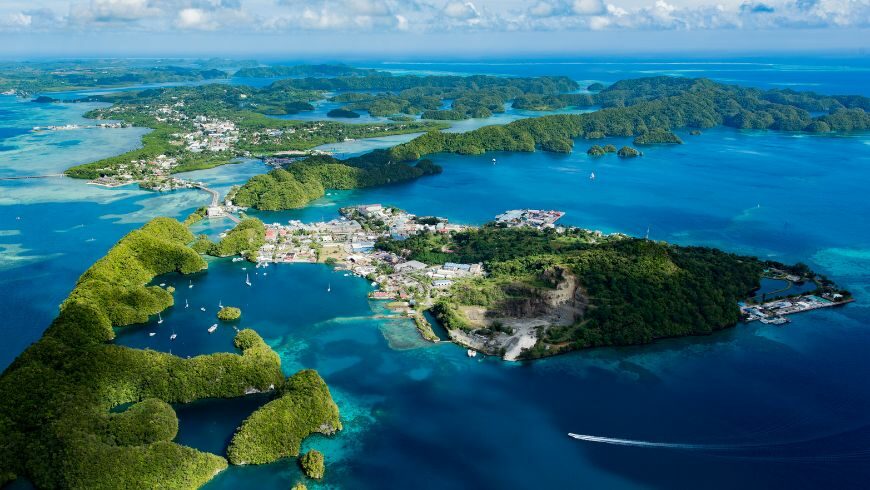
Taos, New Mexico, USA
Taos has quite the eco-friendly take on skiing if you enjoy the sport or snow. This southwestern U.S. location is remote and challenging to get to, but the town has implemented a private, carbon-neutral airline as a solution to arrive at the slopes more efficiently and sustainably. Additionally, certain lodgings are LEED (Leadership in Energy and Environmental Design) certified and committed to reducing their carbon footprint in many ways. The ski valley here has also committed to reducing waste and excess water usage, making it a pretty solid choice for eco-friendly skiers. Year-round, there are plenty of museums, historical sites, art galleries, and unique architecture to enjoy. Due to their high desert location, the natural scenery and wildlife are some of the most unique in the world. Off-grid living is quite common here, and it’s also a World Heritage Site for Indigenous populations. Green policies combine with indigenous living techniques to reduce carbon footprints and treat the land respectfully.
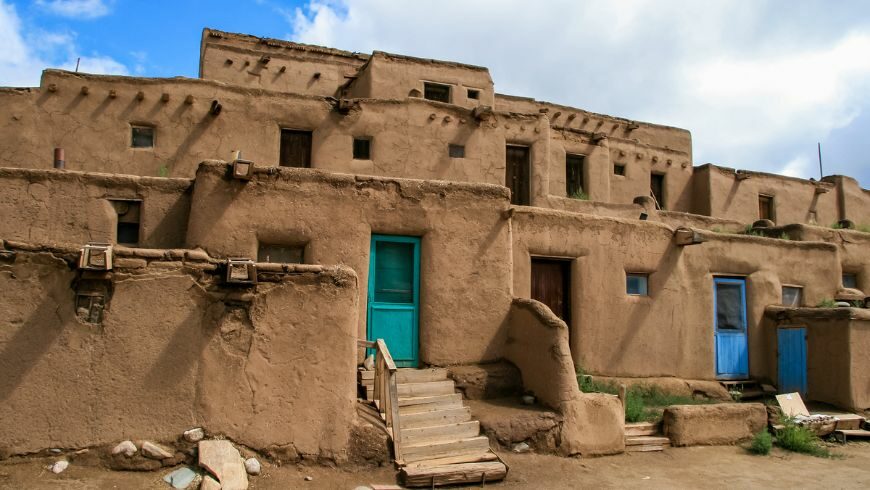
Copenhagen, Denmark, Europe
Copenhagen is an excellent choice if you’d like to explore an extensive, eco-friendly, walkable city. Like Valencia, it aims to rely solely on renewable energy by 2025. The city has more bikes than cars, and public transportation is carbon-neutral; even the harbor ferries are electric. Most locations are walkable, however, with plenty of parks, gardens, museums, castles, and palaces to explore. According to officials, most residents and visitors are always near a green space within fifteen minutes or less, so you’ll never feel too far from nature here. Hotels and lodgings are typically certifiably eco-friendly. You’ll also find a lot of green architecture here, such as solar panels, wind turbines, and green roofs. Recently, the Danish government released a program to reward sustainable tourists with free food and drink. They mean business!
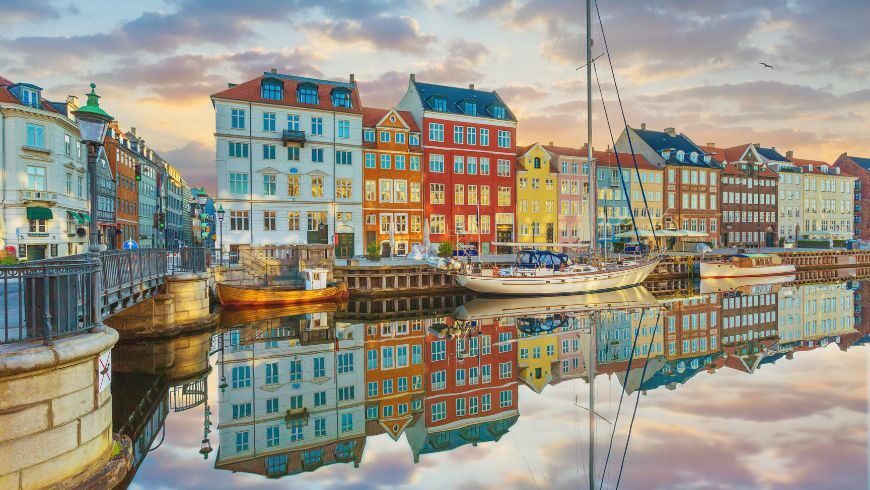
Conclusion
Many countries and cities around the globe are enacting eco-friendly and sustainable architecture, energy policies, and transportation. Some countries, like Palau, have offered eco-friendly tourist initiatives to allow sustainable access to their country. Other locations, such as Copenhagen and Valencia, have vowed to rely solely on renewable energy sources by 2025. No matter where you choose to visit, learn to understand what makes a destination eco-friendly or sustainable before booking the trip. Enjoy the road!
